One of the biggest issues I find with direct sowing of seeds is telling the difference between what is a seedling and what is a weed. Heck even after gardening as long as I have I still make the mistake every now and then; I blame it on my eye-site worsening as I get older. That’s my story and I’m sticking to it.
I have seen all the nice templates that help lay out your seeds, but what happens when those plants start growing and you no longer remember exactly where you planted them? Especially if you are starting seedlings in raised beds and don’t use the suggested Mel’s Mix like I have been known to do; which creates a huge weed headache. Well about six years ago I had my eureka moment. What if there was a way to help properly space out seeds and easily tell you what is good and what is bad growing in your garden? Below is how we use 2 inch PVC pipe that has been cut into 1 inch rings.
Asparagus beds are easy to weed

Let’s look at a different bed
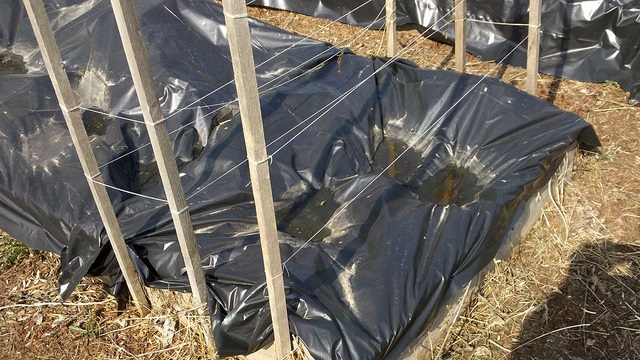
Well that sure is a mess
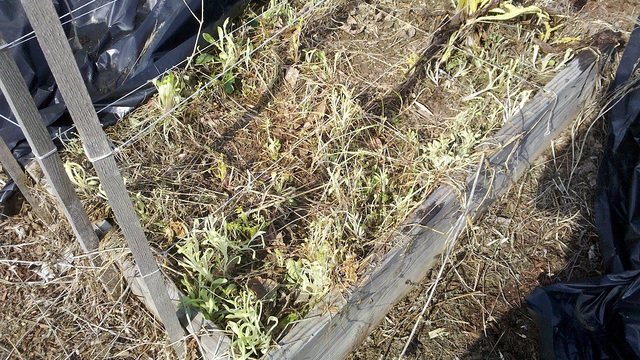
A quick weeding session
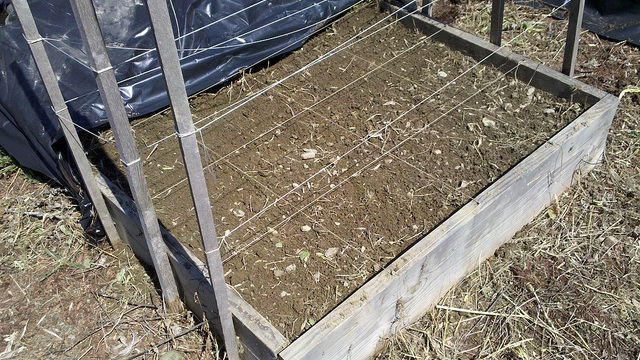
Space out the rings as needed

Set 2-3 seeds in each ring
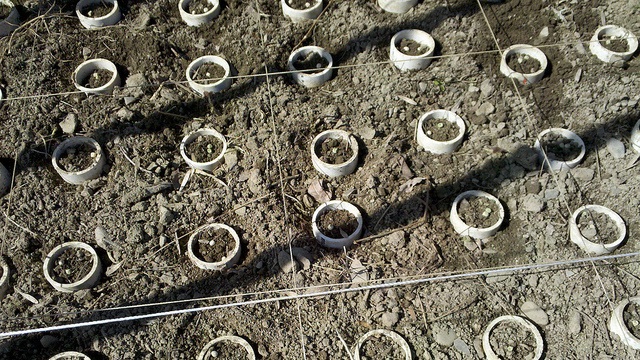
Cover the seeds with soil
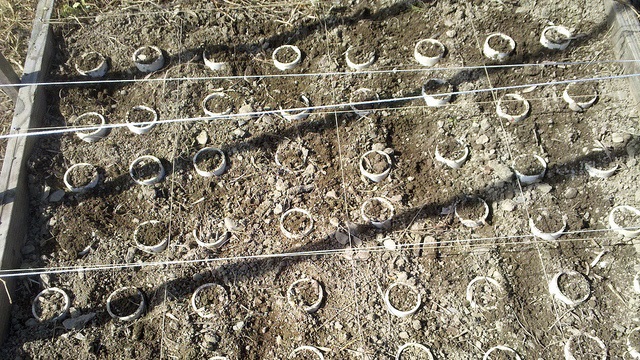
Add water and fertilizer if needed
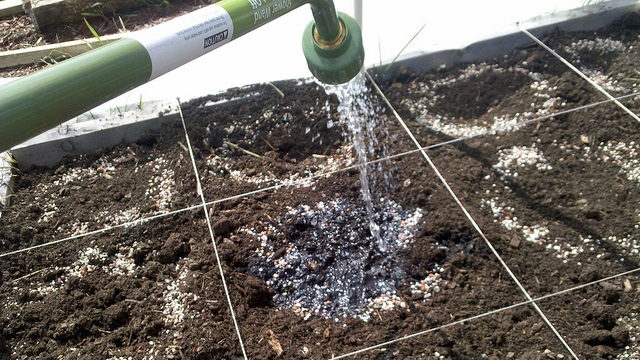
After a week or so, seedlings will start showing

Several weeks later you really see the benefits
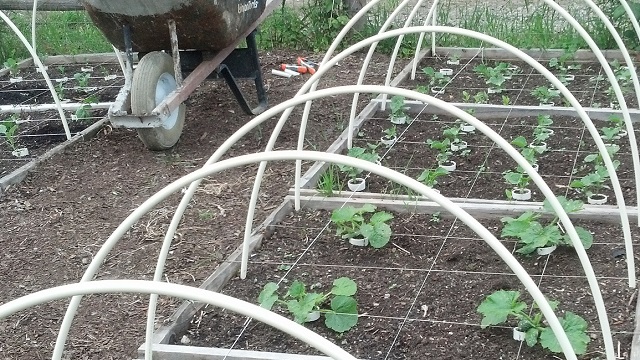
You can also start seedlings in larger sections of PVC

Fill them with soil and drop your seeds in
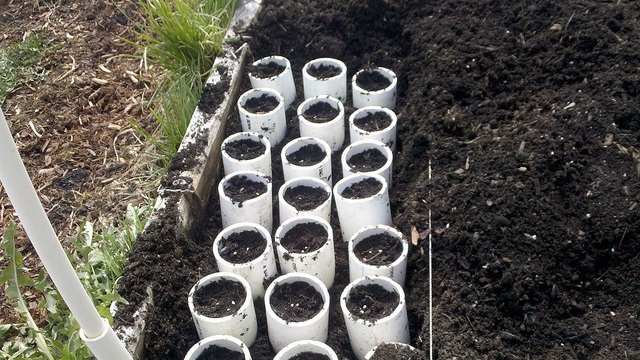
Cover with soil, water and fertilize if so desired
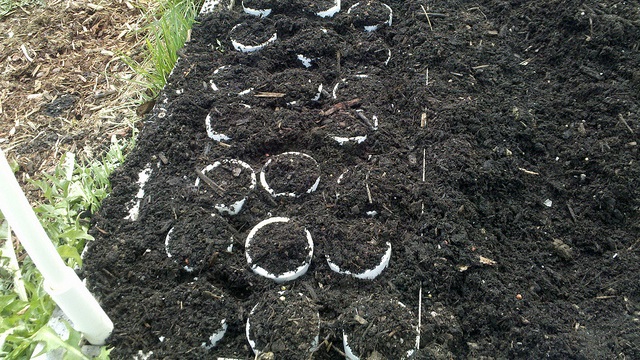
Use the beds as a greenhouse and transplant later
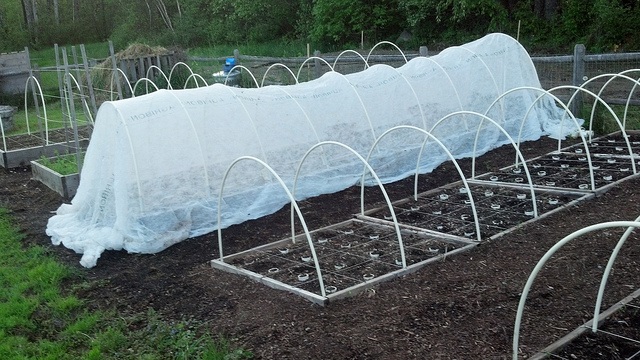
A couple of points.
- These are great for new gardeners; you can tell where your seedlings are instantly and don’t need to have a reference book with you.
- Use a pair of scissors and trim the weaker ones once the seedlings have established themselves. Do not just yank them out of the rings; it can negatively impact the roots for the seedling you want to keep.
- You can leave the rings right on the plants or remove them as the plants gets bigger; it’s your choice.
- If you do remove them, make sure you have a good storage method so you don’t run them over with the lawnmower. Don’t ask me how I know.
- If you leave them on the plants; you can just let the rings overwinter in the beds.
- The rings last a long time, I still use the same ones 6 years later.
- If you use them for transplanting; carefully push the seedling out from the bottom when you plant.
Good luck with your garden; if you do end up using this method let me know how it works for you.
The Vegetable Gardener’s Bible
Ed Smith is back with a 10th Anniversary Edition for the next generation of vegetable gardeners. New to this edition is coverage of 15 additional vegetables, including an expanded section on salad greens and more European and Asian vegetables. Readers will also find growing information on more fruits and herbs, new cultivar photographs in many vegetable entries, and a much-requested section on extending the season into the winter months. No matter how cold the climate, growers can bring herbs indoors and keep hardy greens alive in cold frames or hoop houses.

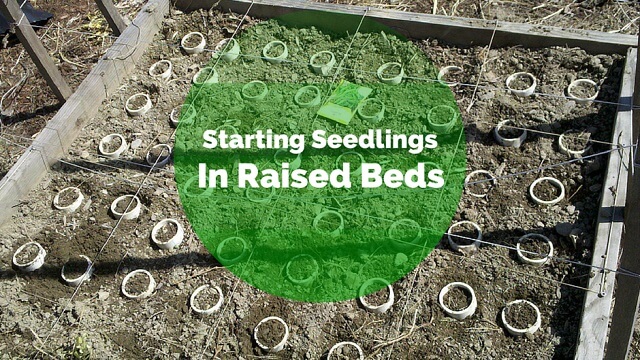
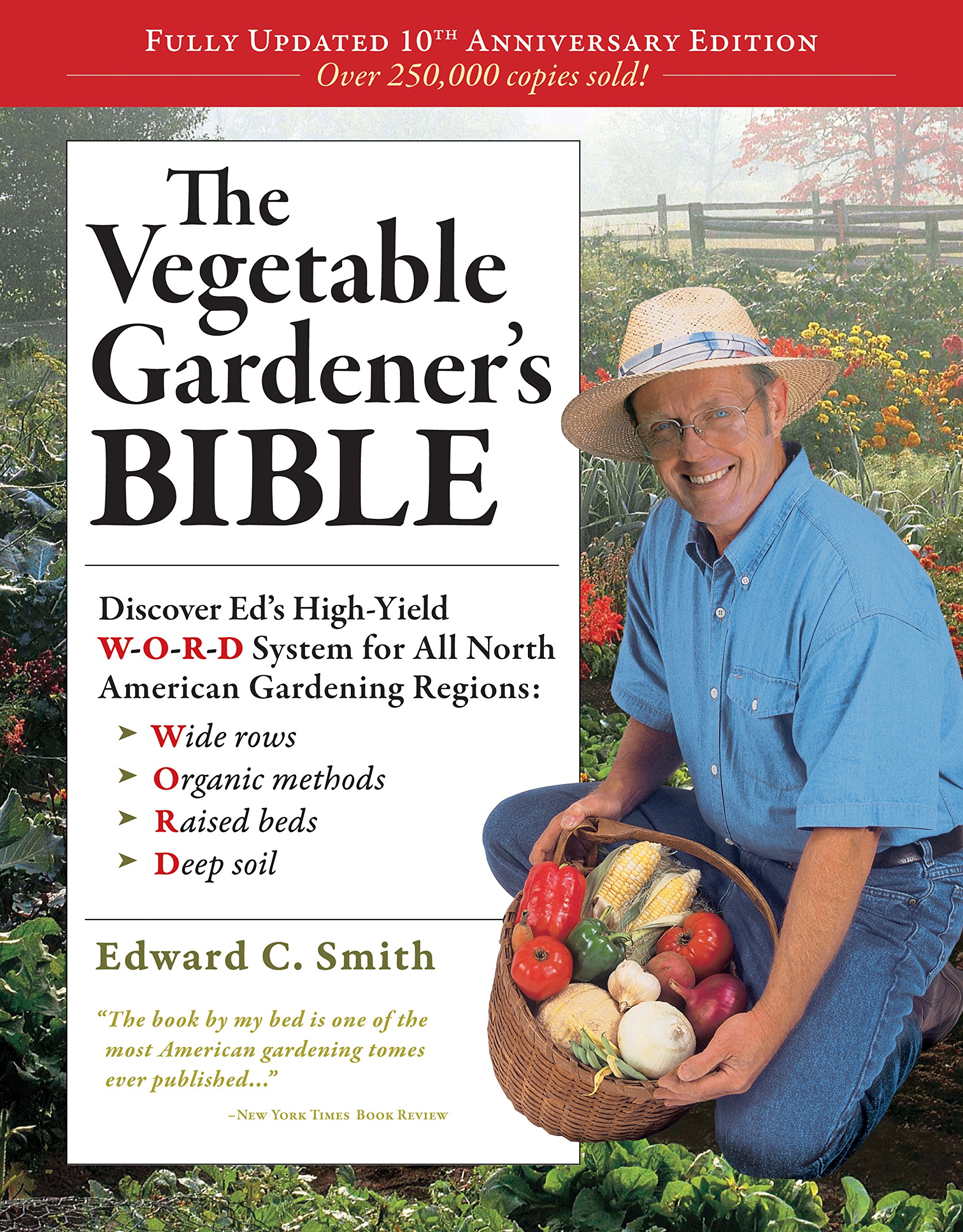
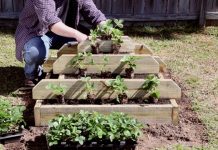

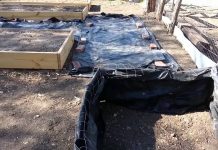

[…] Starting Seedlings In Raised Beds. […]
[…] winds. They allow you to plant earlier by warming up the soil and can even act as cold frame when starting seedlings for transplanting elsewhere. Below is how we have integrated hoop houses into our garden area.// […]